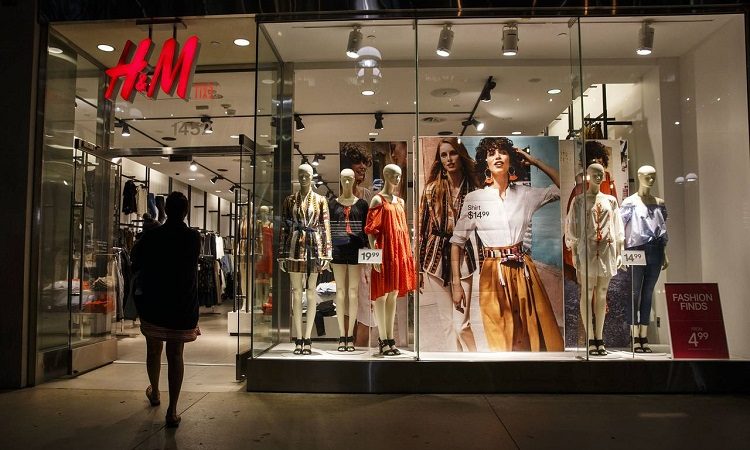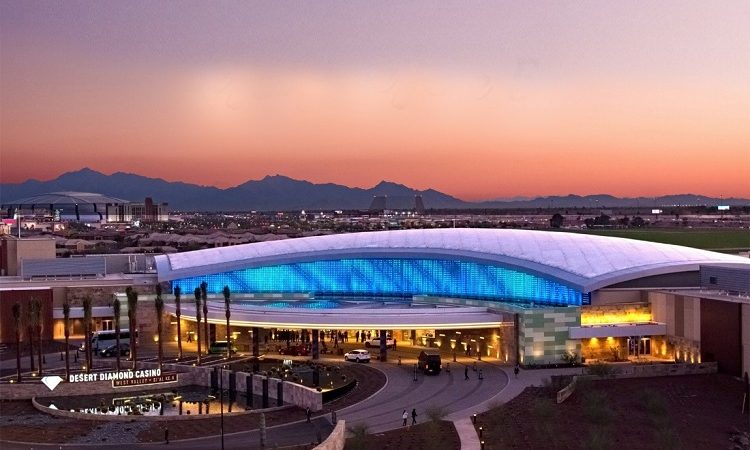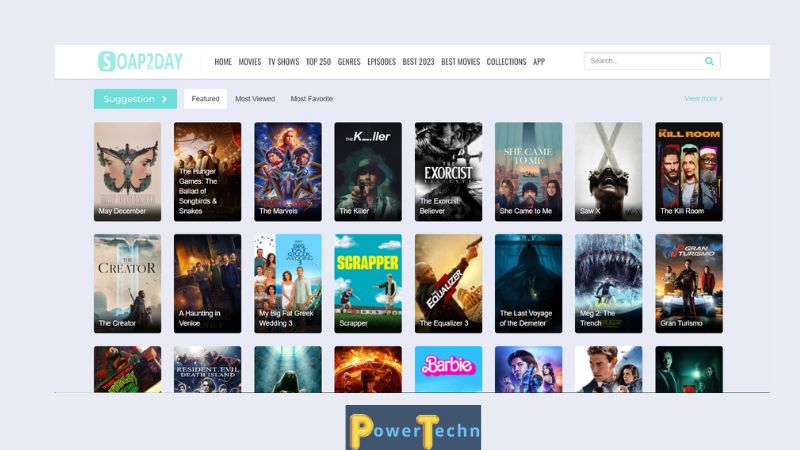various genres and themes within the world of manga style of Japanese comic books and graphic novels

Manga is a style of Japanese comic books and graphic novels that has gained worldwide popularity. It encompasses a wide range of genres and caters to diverse audiences, from children to adults. Here are some key characteristics and information about manga:
- Art Style: Manga is known for its distinctive art style, characterized by black-and-white artwork with detailed and expressive character designs. It often includes various artistic techniques to convey emotions and action sequences.
- Read from Right to Left: Traditional Japanese manga is read from right to left, which is the opposite of the typical left-to-right reading direction in Western comics. However, some manga published outside Japan may be flipped to accommodate Western reading preferences.
- Genres: Manga covers a vast array of genres, including but not limited to:
- Shonen: Aimed at young boys and typically features action, adventure, and friendship themes. Examples include “Naruto” and “One Piece.”
- Shojo: Geared towards young girls and often focuses on romance, relationships, and personal growth. Examples include “Fruits Basket” and “Sailor Moon.”
- Seinen: Targeted at adult men and often explores more mature themes, including violence and sexuality. Examples include “Berserk” and “Akira.”
- Josei: Geared towards adult women and often delves into realistic relationships, career challenges, and personal struggles. Examples include “Nana” and “Paradise Kiss.”
- Kodomo: Designed for children and usually has simple stories and artwork. Examples include “Doraemon” and “Pokémon Adventures.”
- Serialized Format: Many manga series are published in serialized magazines before being compiled into volumes. This allows readers to follow the story over an extended period.
- Adaptations: Successful manga often get adapted into anime (animated series or films) to reach a broader audience. Some also inspire live-action TV shows and movies.
- International Popularity: Manga has gained immense popularity outside of Japan, with fans worldwide. It has led to the growth of conventions, fan communities, and the availability of manga in various languages.
- Mangaka: The creators of manga are known as “mangaka.” They are responsible for both the artwork and the story. Some mangaka achieve celebrity status in Japan and internationally.
- Diverse Themes: Manga covers an extensive range of themes, from fantasy and science fiction to slice-of-life and historical. There are manga series for almost every interest and taste.
-
- Manga Publishing: Manga is typically published in tankobon format, which collects multiple chapters into a single volume. It is available in bookstores, libraries, and online platforms.
- Legal and Illegal Scans: While manga is readily available through legitimate means, such as purchasing physical volumes or subscribing to digital services, there is also a problem with illegal scanlations (scanned translations) of manga that are distributed without authorization. Supporting the official release is encouraged to support the creators.
Manga is a dynamic and influential medium in the world of comics and storytelling, offering a wide range of experiences and stories for readers of all ages and backgrounds.
Manga and anime are two popular forms of entertainment that originate from Japan, and they share many similarities but also have distinct differences. Here’s a comparison between the two:
Manga:
- Medium: Manga refers to Japanese comic books or graphic novels. It is a printed or digitally published form of entertainment.
- Art Style: Manga art can vary widely in style, but it is typically black and white. The artwork can be very detailed, and manga artists often have distinct styles.
- Pacing: Manga tends to have a slower pacing compared to anime since readers can go at their own pace. This allows for more in-depth exploration of characters and plot.
- Accessibility: Manga is typically more accessible to creators, as aspiring artists and writers can create their own manga independently or submit their work to publishers more easily.
- Original Source: In many cases, manga serves as the source material for anime adaptations. Fans often read the manga to get ahead of the anime storyline or to compare the two.
Anime:
- Medium: Anime refers to animated TV shows, films, or web series. It includes both hand-drawn and computer-generated animation.
- Art Style: Anime can have a wide range of art styles, from highly detailed and realistic to more simplified and exaggerated.
- Pacing: Anime tends to have a faster pacing than manga since it is presented in a fixed timeframe, which can lead to differences in the depth of character development and plot exploration.
- Accessibility: Creating anime is a more complex and resource-intensive process. It requires a team of animators, voice actors, and production staff, making it less accessible for independent creators.
- Adaptations: Many anime series and films are adaptations of manga, light novels, or other source materials. They bring these stories to life with animation, music, and voice acting.
Pros and Cons:
Manga:
- Pros: Allows for a more in-depth reading experience, often ahead of anime adaptations. Can be more accessible for aspiring creators. Offers a wide variety of genres and art styles.
- Cons: Lacks animation, voice acting, and music. Some readers may prefer the added sensory experience of anime.
Anime:
- Pros: Provides a multimedia experience with animation, voice acting, and music. Can make action sequences and dynamic scenes more exciting. Appeals to a broader audience due to its sensory elements.
- Cons: May deviate from the source material, leading to fillers or alternate endings. Can be more expensive and time-consuming to produce.
conclusion
In summary, both manga and anime are beloved forms of entertainment with their own unique strengths and qualities. Whether you prefer one over the other often depends on personal preferences, including how you like to experience stories and your appreciation for different art forms. Many fans enjoy both manga and anime, as they often complement each other by offering different perspectives on the same story.






